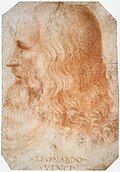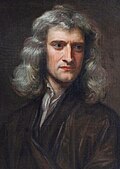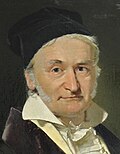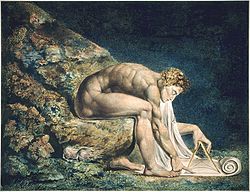
| Geometry |
|---|
 |
| Geometers |
A geometer is a mathematician whose area of study is the historical aspects that define geometry, instead of the analytical geometric studies conducted by geometricians.
Contents
- 1000 BCE to 1 BCE
- 1–1300 AD
- 1301–1800 AD
- 1801–1900 AD
- 1901–present
- Geometers in art
- See also
- References
Some notable geometers and their main fields of work, chronologically listed, are:




































